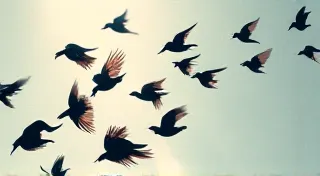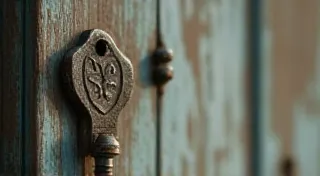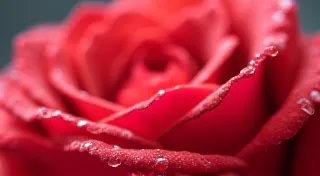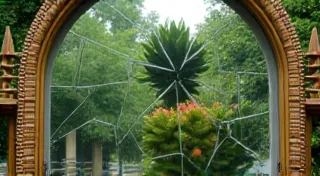The Echo of the Quill: Unveiling the Subconscious Narrative in Calligraphic Script
The satisfying scrape of a nib against paper, the subtle bloom of ink – these are sensations familiar to any calligrapher. But for the left-handed calligrapher, these sensations are often accompanied by another, more frustrating experience: the smear. A constant battle against a watery, distorted reflection of what the hand intended. But beyond the technical hurdles, lies a deeper, more fascinating truth: the very act of writing, particularly in the meticulous practice of calligraphy, reveals a subconscious narrative, a landscape of emotions subtly woven into the strokes. This isn't merely about aesthetics; it's about unlocking a hidden language.
My journey into calligraphy began, unexpectedly, with an accordion. My grandfather, a taciturn man of few words, possessed a beautiful, antique Hohner accordion. Its bellows were worn, the keys slightly yellowed, but the sound it produced – a melancholic waltz echoing through the house – was utterly captivating. He rarely spoke about its history, only occasionally mentioning it had belonged to his father, a travelling musician. That accordion, like a carefully crafted script, held a silent story, a testament to lives lived and journeys taken. Just as the accordion's keys articulated a melody, a calligrapher's hand articulates words and feelings through the elegant curve of a letter.
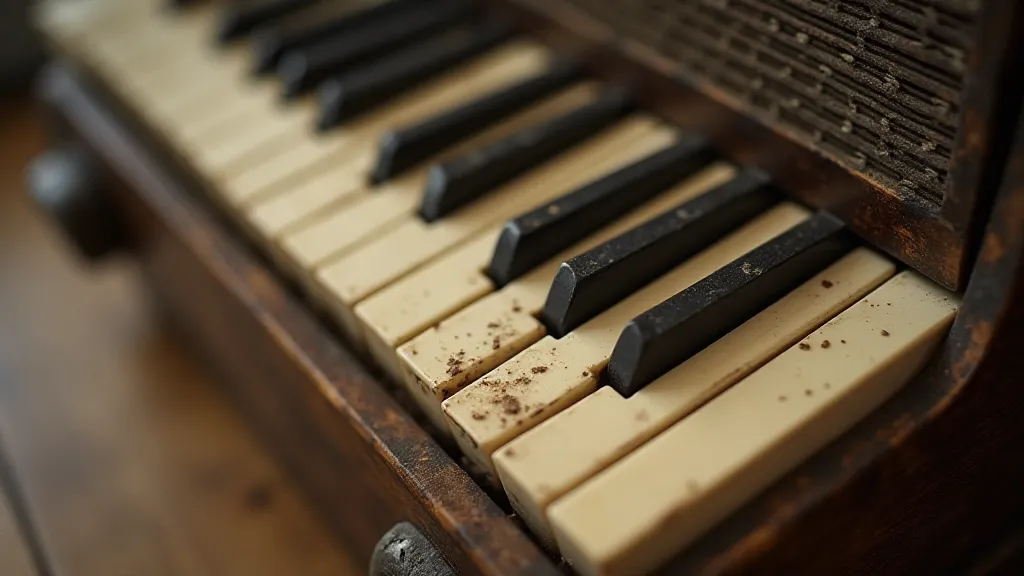
The Dance of Ink and Emotion
Consider the pressure applied when forming an ‘n’ or a ‘p.’ Are the lines hesitant, timid? Or bold, assertive? The weight of the hand isn't just dictating the shape of the letter; it’s mirroring the emotional state of the writer at that moment. A rushed piece, perhaps born of anxiety or frustration, will exhibit a frantic energy in its letterforms. Conversely, a deliberate, mindful script will possess a sense of calm and grace. It’s not a conscious manipulation; it’s an unconscious reflection. Think of a child's early scribbles - they aren't about perfect letterforms, they are an outpouring of pure emotion, unfiltered and raw. The ongoing challenge for left-handed calligraphers, and the modifications they must make, often compels them to reshape their expectations of calligraphy. It's a constant negotiation between intent and execution, a dance that truly redefines the art form - as explored further in The Fractured Mirror: Reshaping Calligraphic Expectations in a Right-Handed World.
For the left-handed calligrapher, this observation is magnified. The constant need to adjust hand position, to anticipate the smear, introduces an added layer of complexity. The struggle itself becomes part of the narrative. The slight tremor in the hand, the frustration of the smeared ink – these feelings are embedded within the script. Recognizing this isn’t a failure, but rather a unique characteristic, is the first step towards embracing the left-handed experience. Left-handed calligraphers must become intimately familiar with their tools and materials to effectively manage these challenges. This understanding goes beyond simple technique; it requires a deeper appreciation for the nuances of ink flow and paper absorption – a subject keenly examined in The Cartographer of Curves: Navigating Ink Smudging for the Left-Handed Calligrapher.
Historical Context: The Left Hand and Legacy
Historically, left-handedness has been viewed with suspicion and even negativity. The Latin word "sinister," meaning left, also carries connotations of evil and misfortune. This perception extended into the realm of writing, where the left hand was often discouraged, sometimes even actively suppressed. Imagine the generations of left-handed individuals forced to adapt to a right-handed world, their natural inclinations denied. Their calligraphy, born of adaptation and resilience, holds a silent testament to their perseverance.
Consider the illuminated manuscripts of the Middle Ages. While the script itself was often breathtakingly beautiful, imagine the challenges faced by any left-handed scribe painstakingly recreating these masterpieces. The precision required, the constant threat of smudging – it speaks volumes about their dedication and skill. Studying these historical works, even as an admirer, provides a deeper appreciation for the craft and the unique hurdles left-handed calligraphers have overcome. The preservation of these artifacts is paramount, particularly considering the fragility of the materials and the intricate nature of the work. The painstaking process of restoring ancient scripts requires a sensitivity to the materials and a deep understanding of the techniques employed by past artisans. This field often demands specialized knowledge and a gentle touch – subjects beautifully elucidated in The Parchment’s Lament: Restoring Ancient Scripts with Left-Handed Sensitivity.
The Craftsmanship: Beyond the Nibs and Inks
The beauty of calligraphy isn’t just in the final product; it’s in the process, in the tangible connection to the tools and materials. A well-crafted nib, meticulously ground and polished, becomes an extension of the hand. The choice of ink – the pigment, the binder, the flow – all contribute to the overall aesthetic and the feel of the writing. These aren't merely tools; they are conduits for expression.
For left-handed calligraphers, tool selection is paramount. Understanding how different inks dry, how they interact with the paper, and how they are affected by the angle of the hand is crucial for mitigating the dreaded smear. Experimenting with different papers – some absorb ink more quickly than others – is equally important. There's a constant interplay between the hand, the tool, and the materials, a delicate dance of understanding and adaptation. Adding personal narrative and meaning to calligraphy is another crucial aspect of mastering the craft. The use of color, symbolism, and unique letterforms can elevate a simple inscription into a work of art – a journey towards infusing your calligraphy with your own unique story is wonderfully explored in The Saffron Thread: Imbueing Your Calligraphy with Personal Narrative.
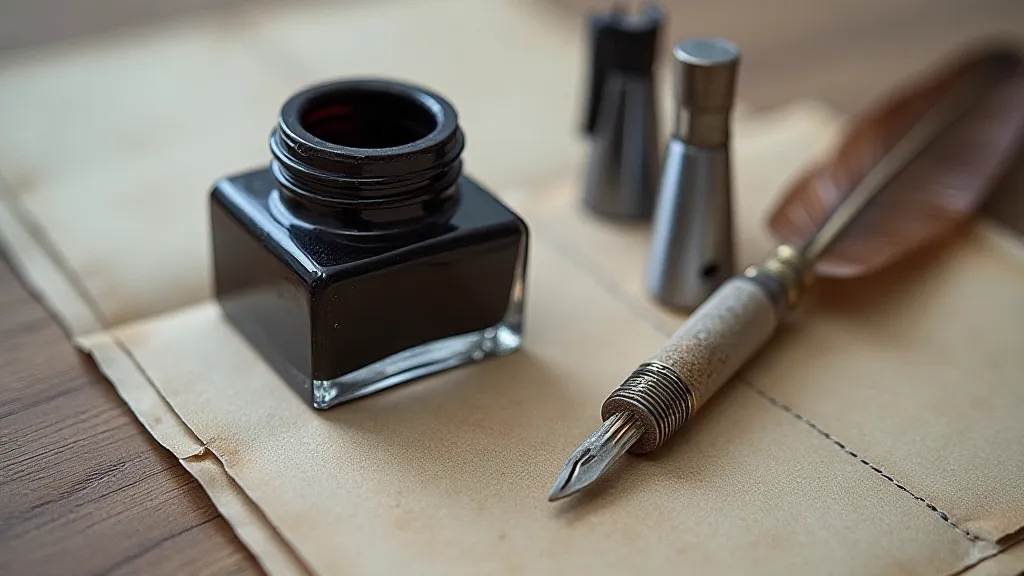
Restoration and Collecting: A Portal to the Past
The act of collecting antique calligraphy tools or restoring damaged manuscripts offers a unique portal to the past. Examining a restored nib reveals the meticulous work of a skilled craftsman, a tangible link to a bygone era. A tattered manuscript, carefully preserved and repaired, speaks volumes about the importance of preserving history.
For left-handed calligraphers, collecting antique nibs can be particularly rewarding. Identifying the maker, understanding the manufacturing techniques, and appreciating the subtle differences in design provides a deeper appreciation for the evolution of the craft. Even a slightly damaged nib, carefully cleaned and restored, can become a cherished artifact, a reminder of the challenges faced by previous generations. The history embedded within these tools and manuscripts whispers tales of artisans and their dedication to their craft, offering a unique perspective on the evolution of writing and the challenges faced by those who practiced it with a left hand.
Embracing the Imperfection
Ultimately, the most valuable lesson in calligraphy – especially for the left-handed calligrapher – is to embrace the imperfection. The slight tremor, the occasional smear, the unique slant of the letters – these aren't flaws; they are character marks. They are the echoes of the quill, the subconscious narrative etched into the script. Just as the antique accordion, with its worn bellows and yellowed keys, tells a story of a life lived and journeys taken, the left-handed calligrapher’s script tells a story of resilience, adaptation, and a unique perspective on the world. The path to mastering calligraphy is paved with lessons learned from mistakes, and the beauty often lies not in the pursuit of perfection, but in the acceptance of individuality and the embrace of the unique story each stroke tells.

